An overview over each Splinter (Strength and Weaknesses)

Hello fellow Splinterlands players!
In this post I want to go over each splinter and highlight it's strengths and weaknesses, as well as show common strategies to give new players an overview.
Because this is meant for new players primarily, I'll only include the Chaos Legion set and it's reward cards. Mainly because older editions are too expensive for most people starting out.
If you aren't familiar with abilities and rulesets here is an overview:
Abilities
Rulesets
Let's get going!.

Fire
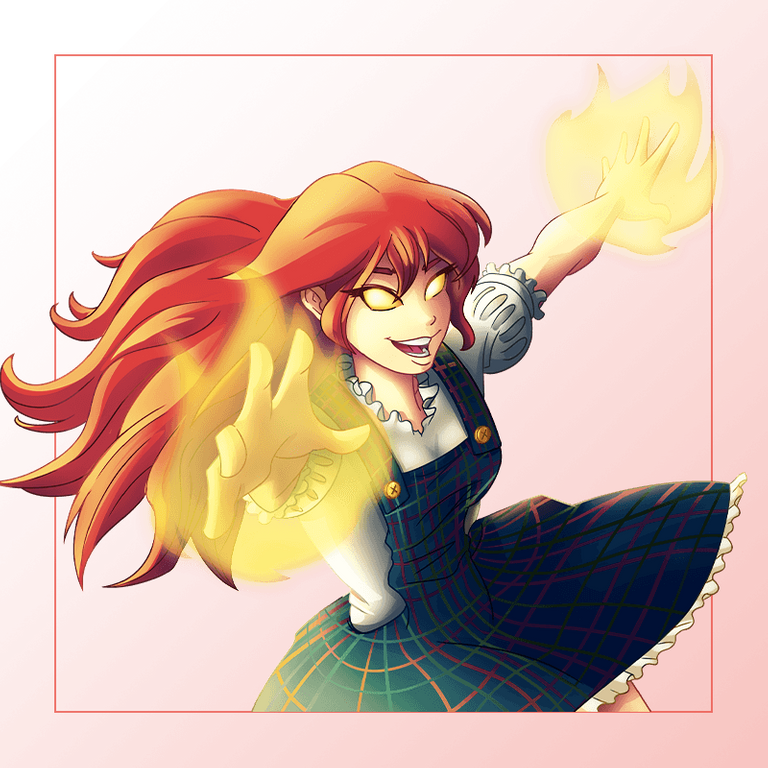
Strengths: Damage, Health, Melee Attackers
Weaknesses: Support Cards, Speed (Missing)
Best Rulesets: Melee Mayhem, Super Sneak, Equal Opportunity, Reverse Speed, Noxious Fumes
Worst Rulesets: Keep your Distance, Fog of War
Fire's Summoner is Tarsa, who gives your entire team +1 Melee Attack and +1 Health. This favors playing melee attacking monster greatly. Since those can only attack from the first position, we need to find cards with abilities like Sneak, Opportunity or Reach that allow them to attack from other positions. On the downside Fire generally lacks support cards that either help your own team (Heal, Repair, Protect) or debuff the enemy team (Slow, Rust, Weaken). They have a bunch of good tanks to chose from, which is particularly strong, when melee can attack from any position, like in most of the above mentioned rulesets.
Overall Fire is a heavy hitting melee focused attacking team, that relies on their tanks to take the damage.




Water
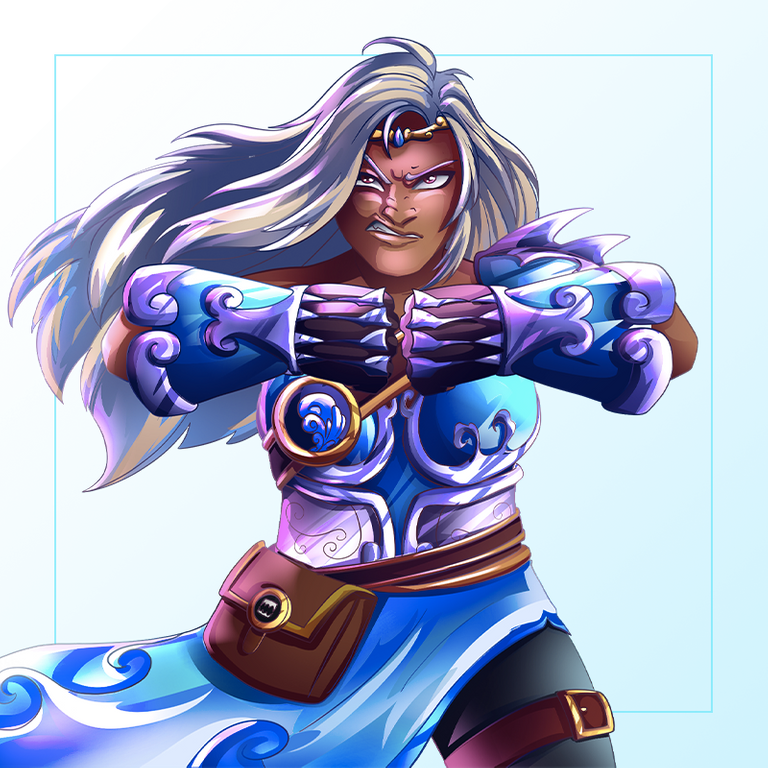
Strengths: Speed, Damage, Survivability, Versatility
Weaknesses:
Best Rulesets: Explosive Weaponry, Little League, Rise of the Commons, Spreading Fury
Worst Rulesets: Reverse Speed, Aim True, Unprotected
Water's summoner is Kelya Frendul, who gives your entire team +1 Speed and +1 Armor. This works well with basically anything as you can never be too fast (unless in Reverse Speed rulesets) or have enough protection. Water can therefore be played in multiple ways. It has some good melee attacking cards, some good ranged attacking cards and even some good magic attacking cards. On top it has a bunch of support cards, that can heal your tank or backline, resurrect a monster that died or give the entire team +1 Melee Attack. It's high speed allows for some aggressive attacking teams but also helps with dodging attacks from slower enemy monsters.
Overall Water has an answer for almost everything and some of the strongest line ups.




Earth
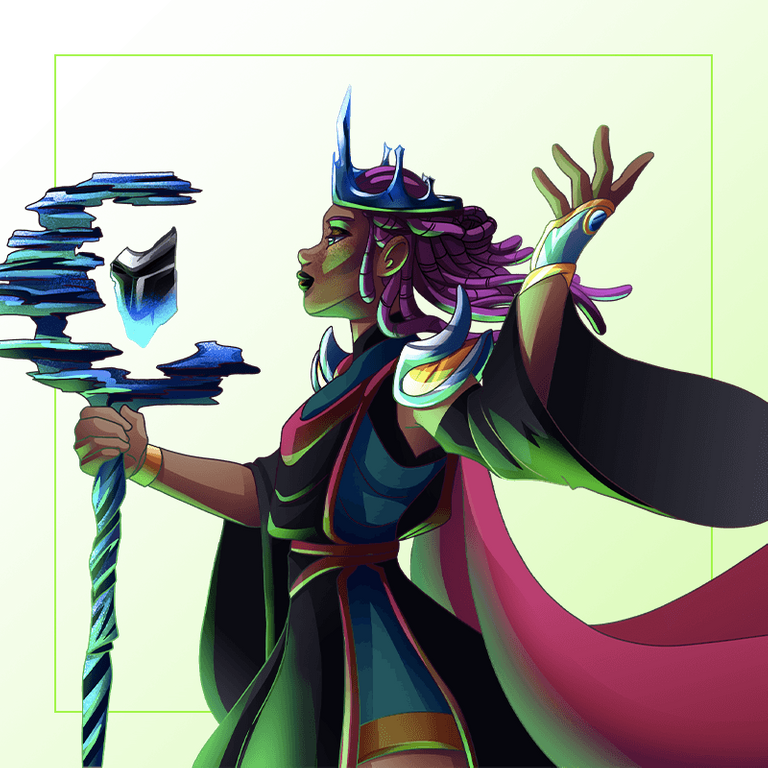
Strengths: Damage, Support Cards, Magic Attack
Weaknesses: Speed, Predictable, Squishy
Best Rulesets: Back to Basics, Equalizer, Fog of War, Armored Up
Worst Rulesets: Weak Magic, Lost Magic
Earth's summoner is Obsidian, who gives your entire team +1 Magic Attack. This favors magic attacking monsters greatly and there are a bunch of them in Earth. Magic is the strongest damage type in Splinterlands, because it ignores Armor, can't miss and magic attackers can attack from any position. They tend to have low Health or Speed so they are easy targets and need to be protected, but Earth has a few support cards that can do that. On the downside this makes Earth teams very predictable and easy to counter.
Overall Earth can deal insane amounts of magic damage, that will demolish anything if not countered specifically, at all different mana caps.




Life
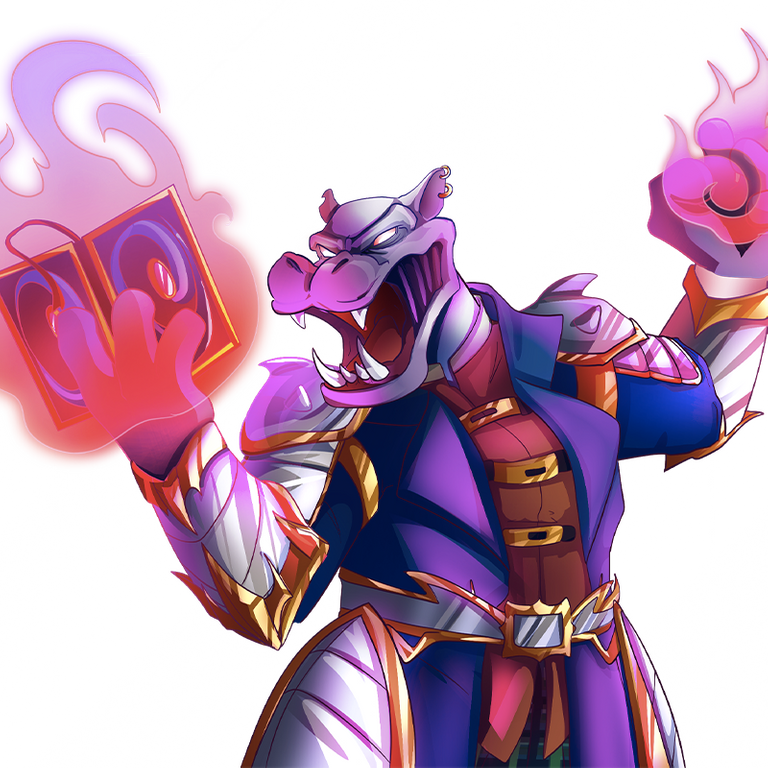
Strengths: Damage, Support Cards, Ranged Attack
Weaknesses: Speed, Squishy
Best Rulesets: Little League, Rise of the Commons, Back to basics, Fog of War, Close Range
Worst Rulesets: Broken Arrows
Life's summoner is General Sloan, who gives your entire team +1 Ranged Attack. This favors playing ranged attacking monsters greatly and there are a bunch of strong ones in the Life deck. Ranged might be the weakest damage type, because it can't attack from the first position, meaning once your tanks die and your archers get pulled up front, they can't attack. We therefore need to make sure to keep our tanks alive or play what's called an off tank, that will take the first position and can survive a few punches, once the main tank is done. Luckily Life has good tanks and some of the best support cards, that can heal, repair and resurrect dead monsters. It is also capable of playing melee or magic attacking line ups and therefore not as one sided and predictable, as it might appear.
Overall Life can be difficult to take down due to all the support cards, while also being able to deal huge amounts of damage.




Death
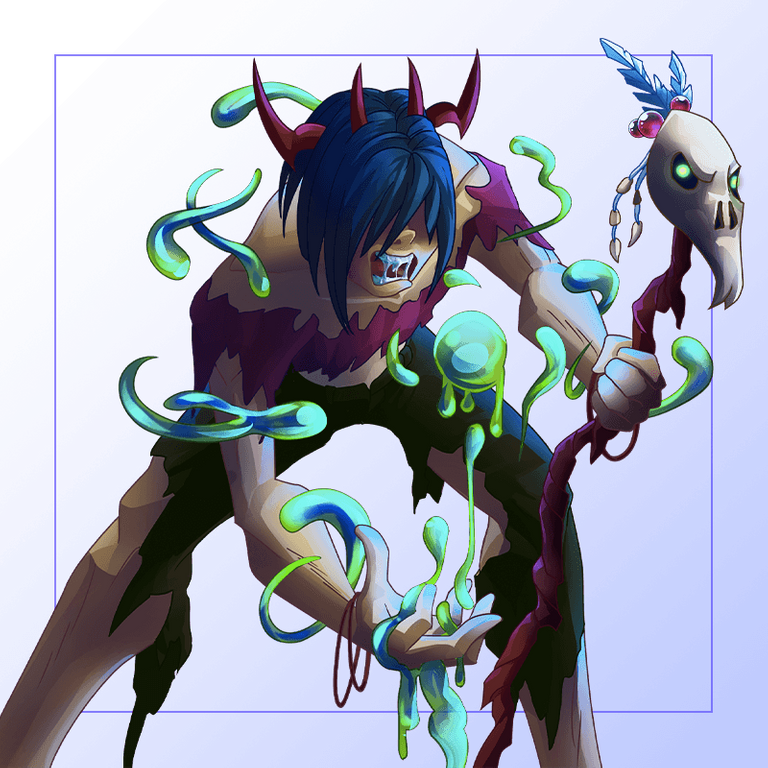
Strengths: Low Mana Line Ups, Debuffs, Versatility
Weaknesses: Focus Fire, Support Cards, High Mana Line Ups
Best Rulesets: Explosive Weaponry, Equalizer, Little League, Rise of the Commons, Noxious Fumes
Worst Rulesets: Back to Basics
Death's summoner is Thaddius Brood, who gives the entire enemy team -1 Magic Attack and -1 Health. This is a great counter against magic. However if a card has only 1 Magic Attack, this doesn't do anything. Same goes for Health, as you can't lower it below 1. This means Death is the most situational splinter of them all. If you can predict what your opponent ist playing, you can counter them severely and this is where Death shines. If you predict wrongly though, this often puts you at a disadvantage. Other than that Death has some great low to mid mana battle line ups and some of the strongest individual cards. The main problem is that they all have different attack focuses (Sneak, Snipe, Opportunity). On the one hand this gives you great tools to take care of any kind of opponent, on the other they don't work well together, because their damage is spread out all over the enemy team, instead of focusing down one monster after another like other splinters do.
Overall Death is a bit tricky and more reactive than proactive. If you know what's coming, you can almost certainly build a counter. If you don't though, it's not going to look all that good.




Dragons
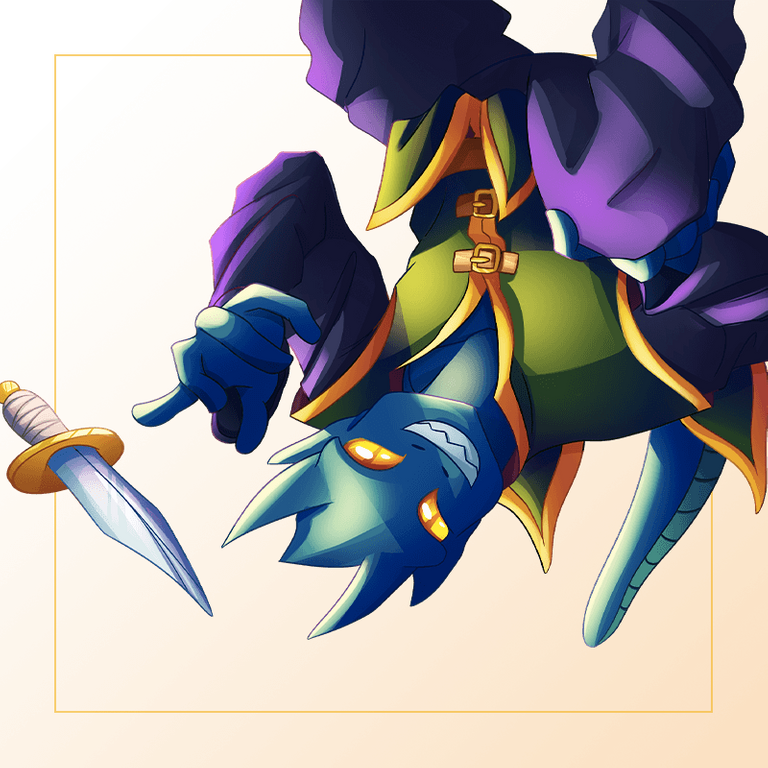
Strengths: Versatility, High Mana Games, Strengths of the splinter you choose
Weaknesses: Weaknesses of the splinter you choose
Best Rulesets: Earthquake
Worst Rulesets: Reverse Speed
Dragon's summoner is Quix the Devious, who gives the entire enemy team -1 Ranged Attack and -1 Speed. Similar to Death's Thaddius this is a debuff, meaning it's more a counter and can be "useless" if your opponent isn't playing any ranged attacking monsters. -1 Speed is often very good though, as Speed is very important (not in Reverse Speed rule sets). The biggest strength of Dragon is that you can play it with any other splinter. So you get to choose from Dragon cards and then also Fire, Water, Death, Life or Earth, depending on which you chose. This makes Dragon extremely versatile and fit almost any scenario. Dragon itself of course offers some very good cards, especially in the high mana region.
Overall Dragon can adapt to any scenario and build the strongest line ups as it combines its own cards with those of another splinter.
Instead of showing you specific line ups (because there are simply too many possibilities), here are some of the strongest Dragon cards:


Conclusion
This brings us to the end. I hope this helps you get a basic understanding of what each splinter does best and their general play style.
A few things to keep in mind:
- The line ups are very generic and meant to display a potential team only
- How they perform is highly dependent on the rulesets, mana cap and enemy line up
- New card editions (like the new reward cards or legendary summoners) might change a splinter's strength and weaknesses and how they're played entirely
- Older already existing cards also change this dramatically and you will encounter those as you go up the ranks
- Cards get different abilities and higher stats as you level them up
-The strength and weaknesses are mostly based on Bronze and Silver level carrds
Disclaimer
None of this is financial advice. These tips are for educational purposes only and might all fall out of date as both Splinterlands and the Crypto Market in general are subject to constant change.

Referrals
Thanks to Carrie Allen for the amazing Markdown Tutorial Hope you enjoyed the read. Have a great day and until next time! Pinkman45
and to Chris Roberts for this Thumbnail Tutorial
Background Thumbnail image is from Pexels
Free image editing software used Canva

Check out my 5 tips for new players series: Part I, Part II, Part III

Check out my Bronze league strategy guides: Part I, Part II
Thanks for sharing! - @yonilkar

This is a good card analysis, I like it.